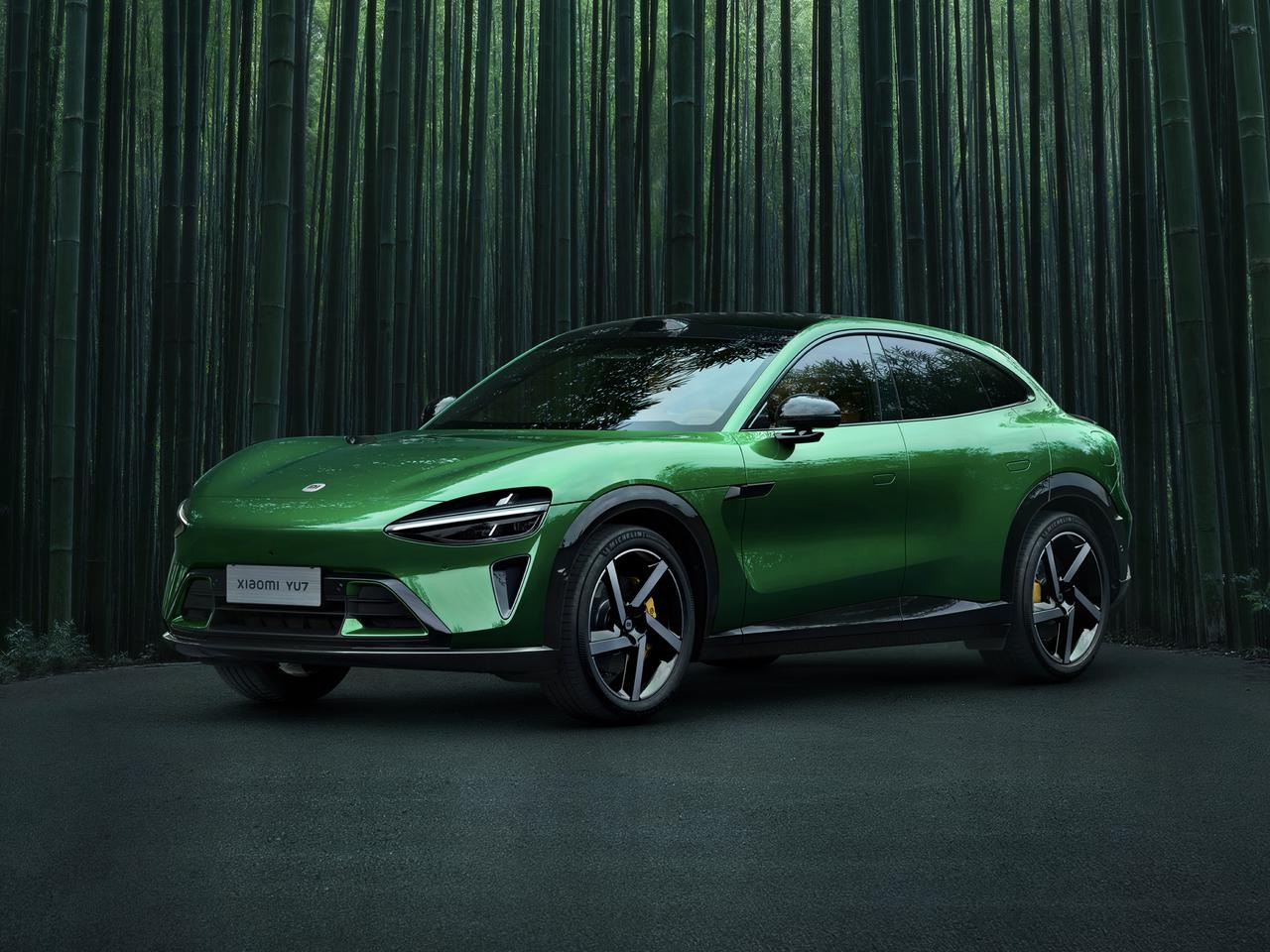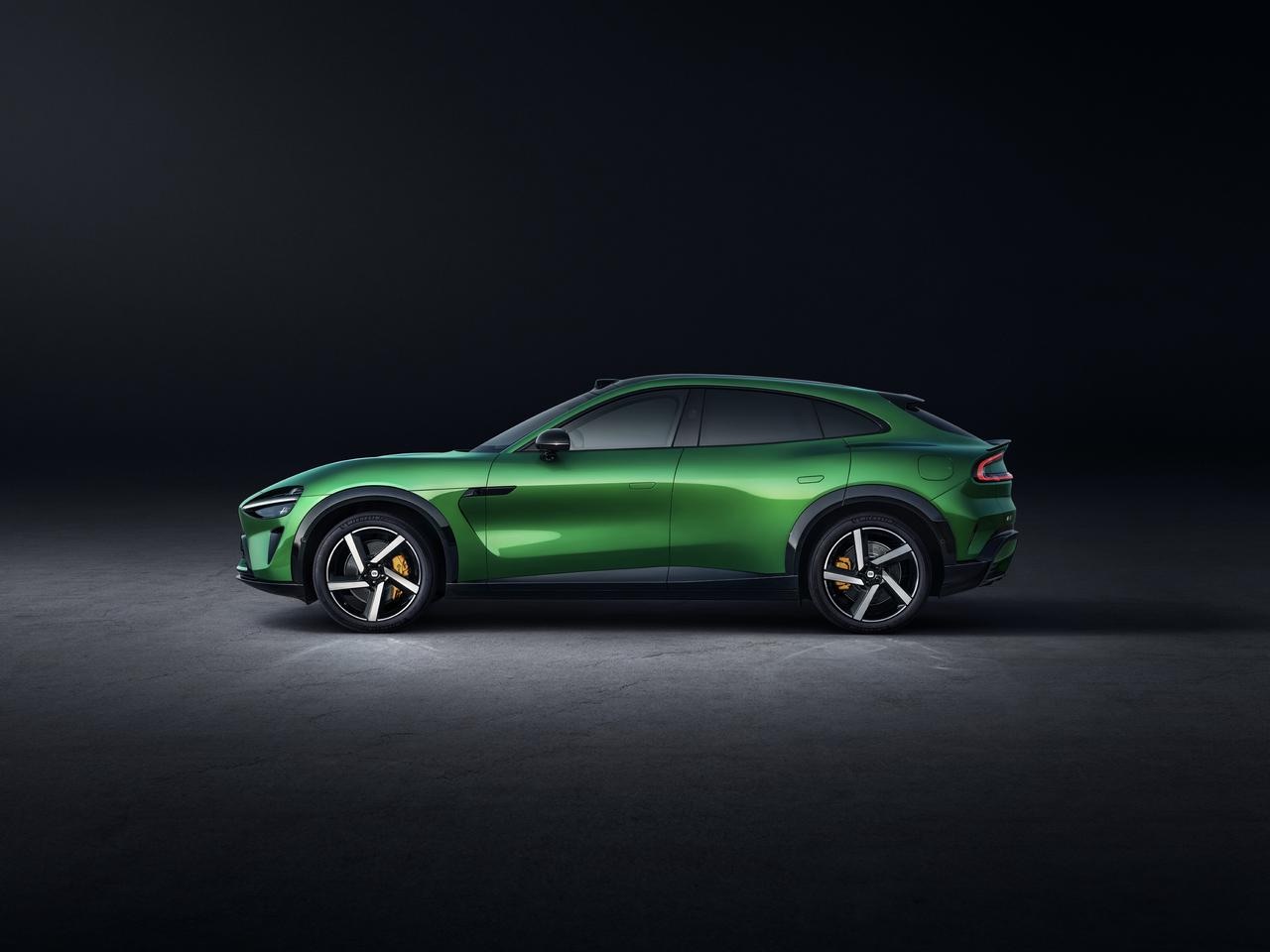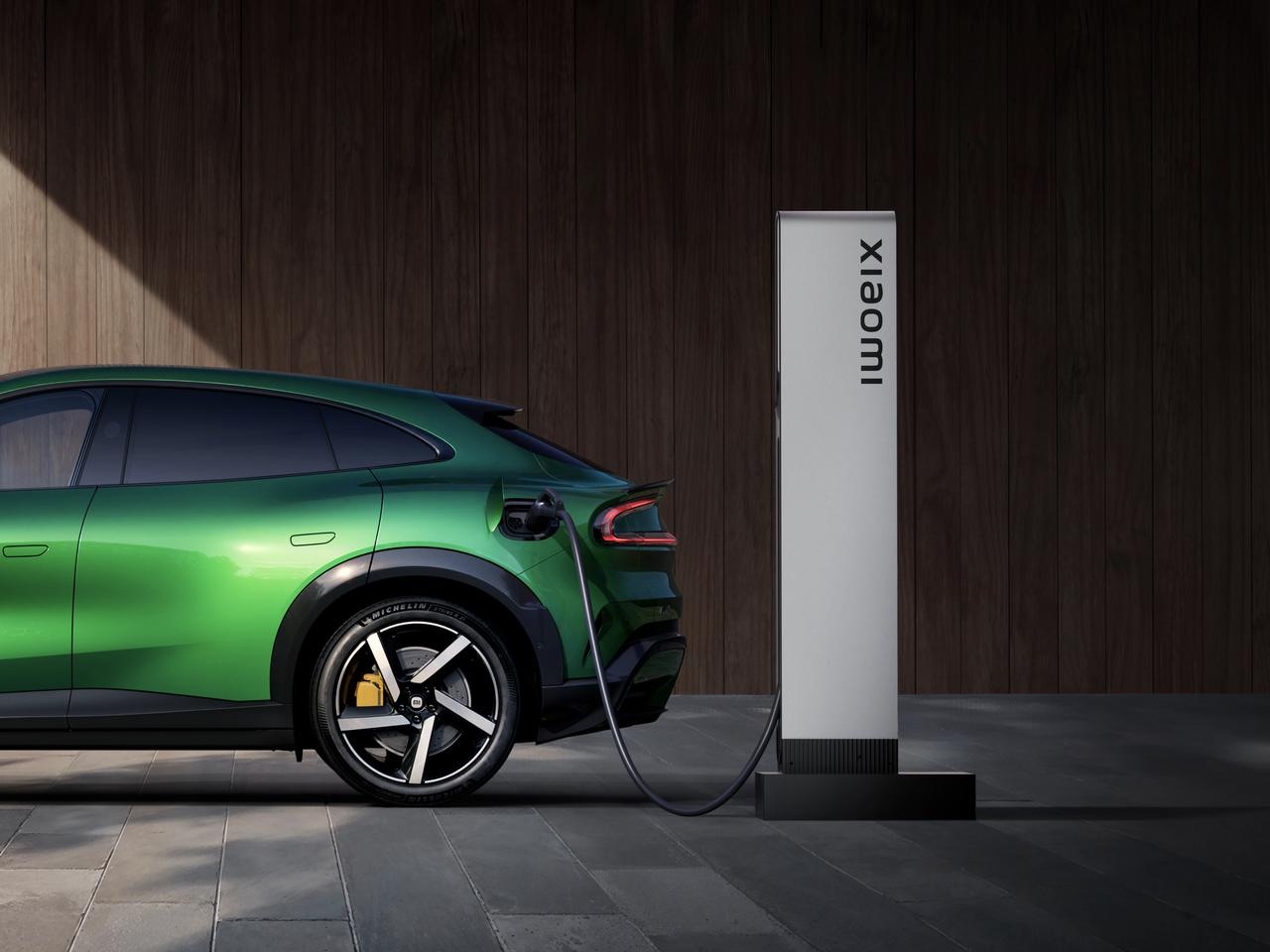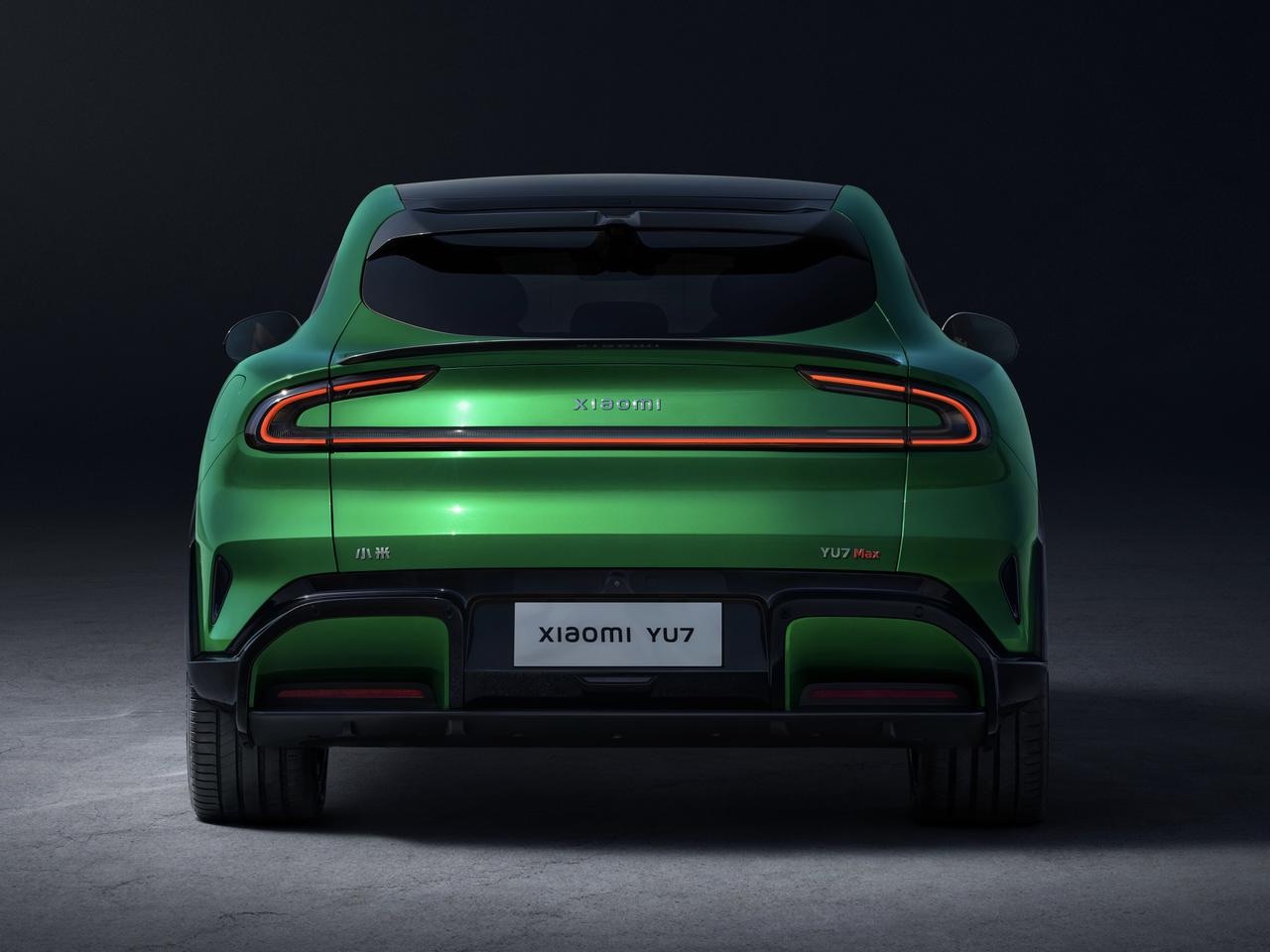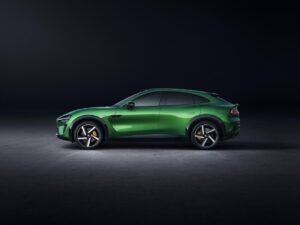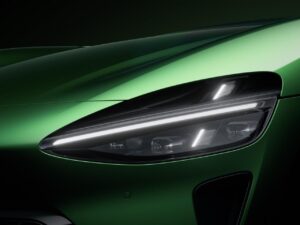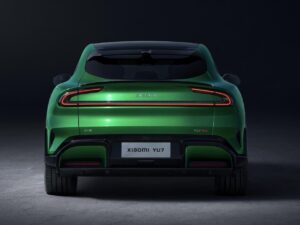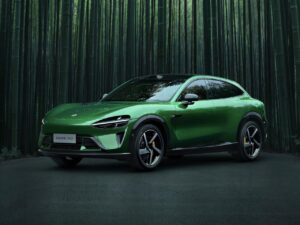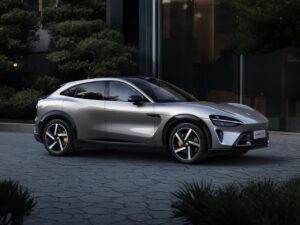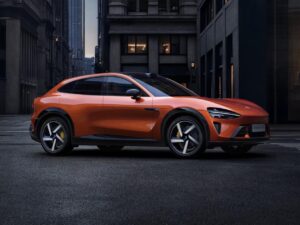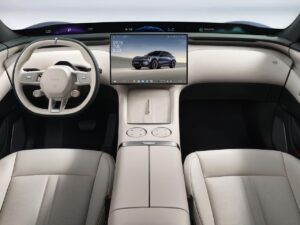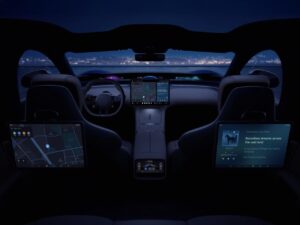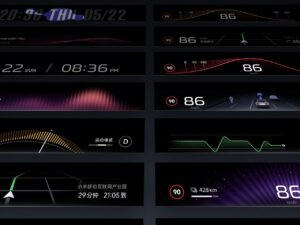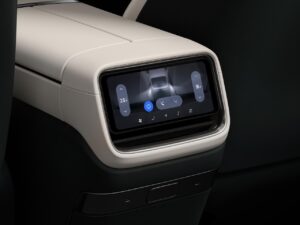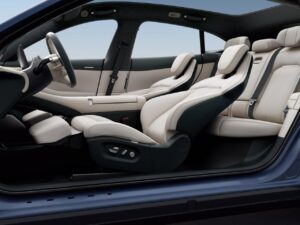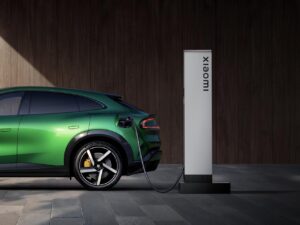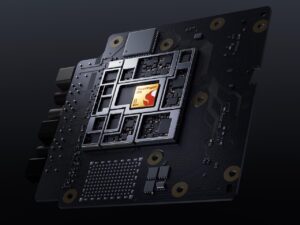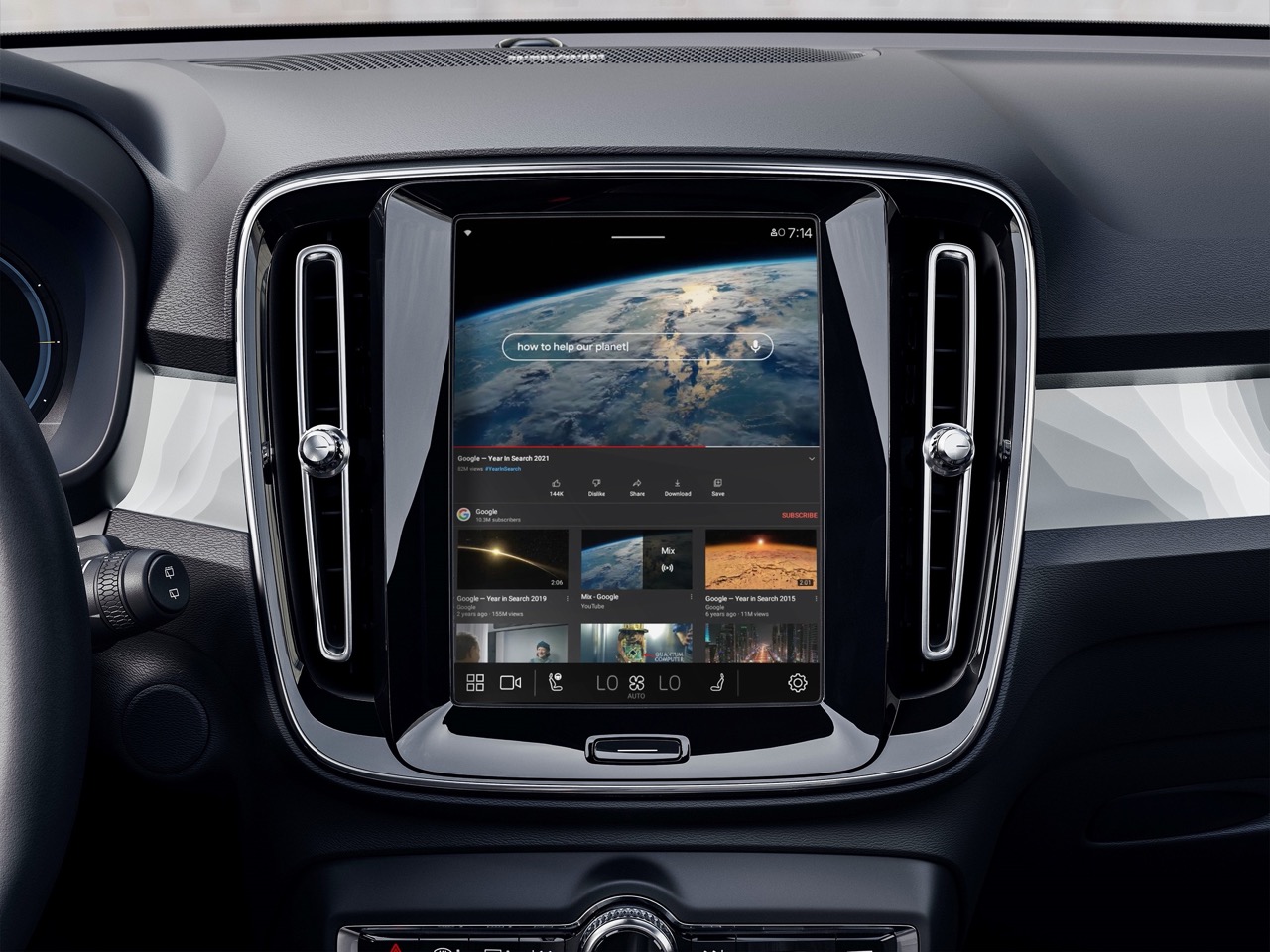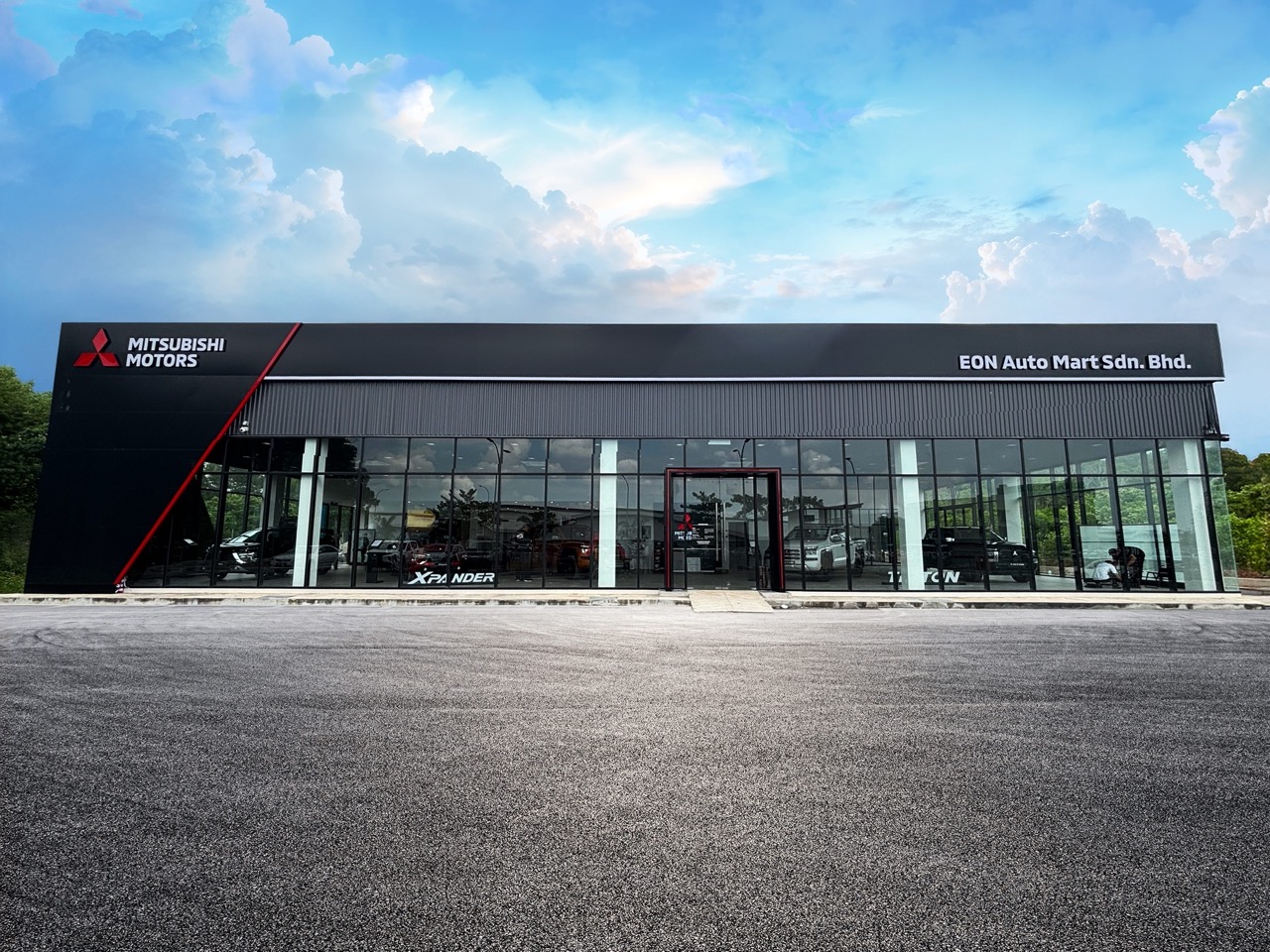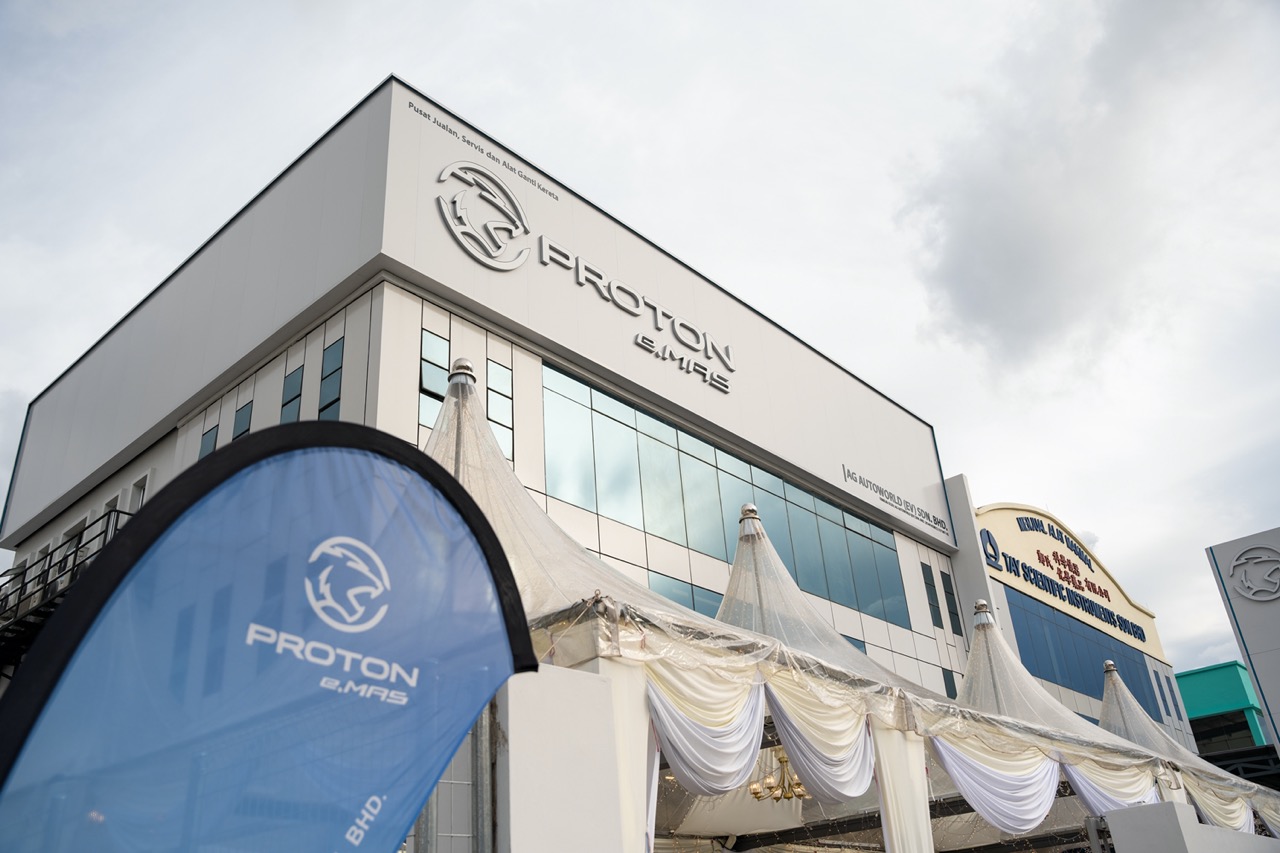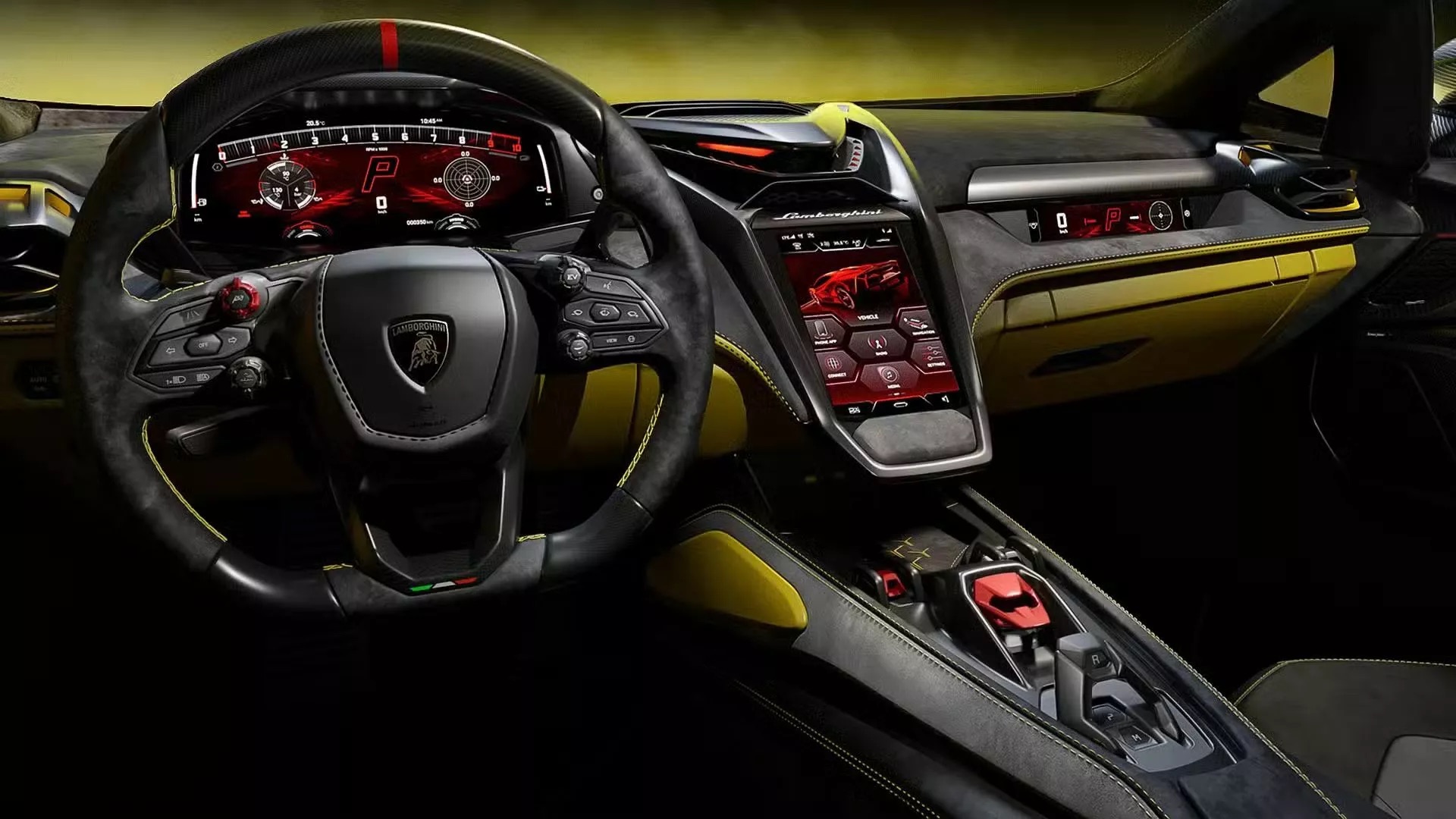Xiaomi unveiled its second electric vehicle and first SUV, the YU7, marking a significant advancement in its transformation into a car manufacturer. Building on the momentum of the SU7 electric sedan, which has already seen over 258,000 units delivered, the company plans to officially launch the YU7 in July 2025.
The YU7 is positioned as a mid-to-large electric SUV, developed on Xiaomi’s proprietary Modena platform. With dimensions measuring 4,999mm in length, 1,996mm in width, and 1,608mm in height, alongside a 3,000 mm wheelbase, the SUV is longer and wider but slightly shorter than a Tesla Model Y Juniper. Depending on the configuration, its kerb weight ranges from 2,140 kg to 2,460 kg. Exterior options include nine colour finishes, among them a distinctive green inspired by Colombian emeralds, as well as vibrant orange and metallic titanium variants. Buyers can choose between 19- or 20-inch wheels.
Technological sophistication is evident throughout the vehicle. The YU7 features flush, inward-folding electric door handles with ambient lighting and Ultra Wideband (UWB) support, enabling seamless smartphone-based keyless entry and boot access. Inside, the cabin boasts Nappa leather upholstery with “zero gravity” front seats that recline to 123 degrees and include 10-point massage functions. Rear passengers are provided with 135-degree power-adjustable seats and a 6.68-inch touchscreen for individual control of climate, audio, and navigation.
The dashboard is anchored by a 1.1-metre-wide “HyperVision” display suite, integrating three Mini LED screens with 108 PPD resolution, capable of showing vehicle telemetry, entertainment, blind-spot visuals, and personal widgets. Powering the in-car systems is a Snapdragon 8 Gen 3 processor, enabling start-up in just 1.35 seconds and providing rapid over-the-air software updates in as little as 15 minutes. A central 4-in-1 domain controller coordinates cabin functions, assisted driving, vehicle dynamics, and communication systems.
Performance variants of the YU7 cater to a wide range of driving preferences. The entry-level rear-wheel-drive model is fitted with a single 315hp motor producing 528Nm of torque, reaching 100km/h in 5.88 seconds. The Pro AWD version employs dual motors with a combined output of 489hp and 690Nm, achieving 0–100km/h in 4.27 seconds. The flagship Max AWD model delivers a robust 681hp and 866Nm, reaching 100km/h in a mere 3.23 seconds and topping out at 253km/h.
All YU7 versions operate on Xiaomi’s 800-volt silicon carbide-based high-voltage architecture and utilise the V6s Plus electric motors supplied by United Automotive Electronics (UAES). This allows for 5.2C ultra-fast charging, capable of adding up to 620km of range in just 15 minutes.
Battery options include a 96.3 kWh lithium iron phosphate (LFP) unit for both the RWD and Pro AWD models, offering CLTC ranges of 835km and 770km respectively. The Max AWD variant is equipped with a 101.7 kWh nickel cobalt manganese (NCM) battery, providing a range of 760km.
Safety has been given considerable attention in the design. The YU7 incorporates an ultra-high-strength 2,200 MPa steel roll cage developed in collaboration with academic partners. The front section of the chassis is built using a 20-in-1 aluminium die-cast structure, and the body comprises a steel-aluminium hybrid described as an “armour cage.” The battery pack features a reinforced, bullet-resistant casing, and the vehicle has undergone more than 50 passive safety tests. Both the A- and B-pillars have been structurally reinforced.
Every YU7 variant is equipped with advanced driver assistance systems as standard. These include Lidar sensors, 4D millimetre-wave radar, anti-glare cameras with ALD coating, and Nvidia’s high-performance Drive AGX Thor processor rated at 700 TOPS. Xiaomi has developed its own end-to-end autonomous driving suite, highlighting the carmaker’s commitment to integrating cutting-edge software and AI into its vehicles.
Although initially scheduled for a debut at April’s Shanghai Auto Show, the YU7’s introduction was delayed due to a fatal accident involving one of Xiaomi’s autonomous test vehicles. The incident prompted a thorough internal investigation into safety procedures and public messaging, which contributed to the postponement.
With the YU7, Xiaomi strengthens its push into the electric mobility sector, combining the brand’s consumer technology expertise with ambitious automotive aspirations. As the company prepares for the SUV’s market entry in July 2025, all eyes will be on how it performs in a segment dominated by established EV manufacturers.

